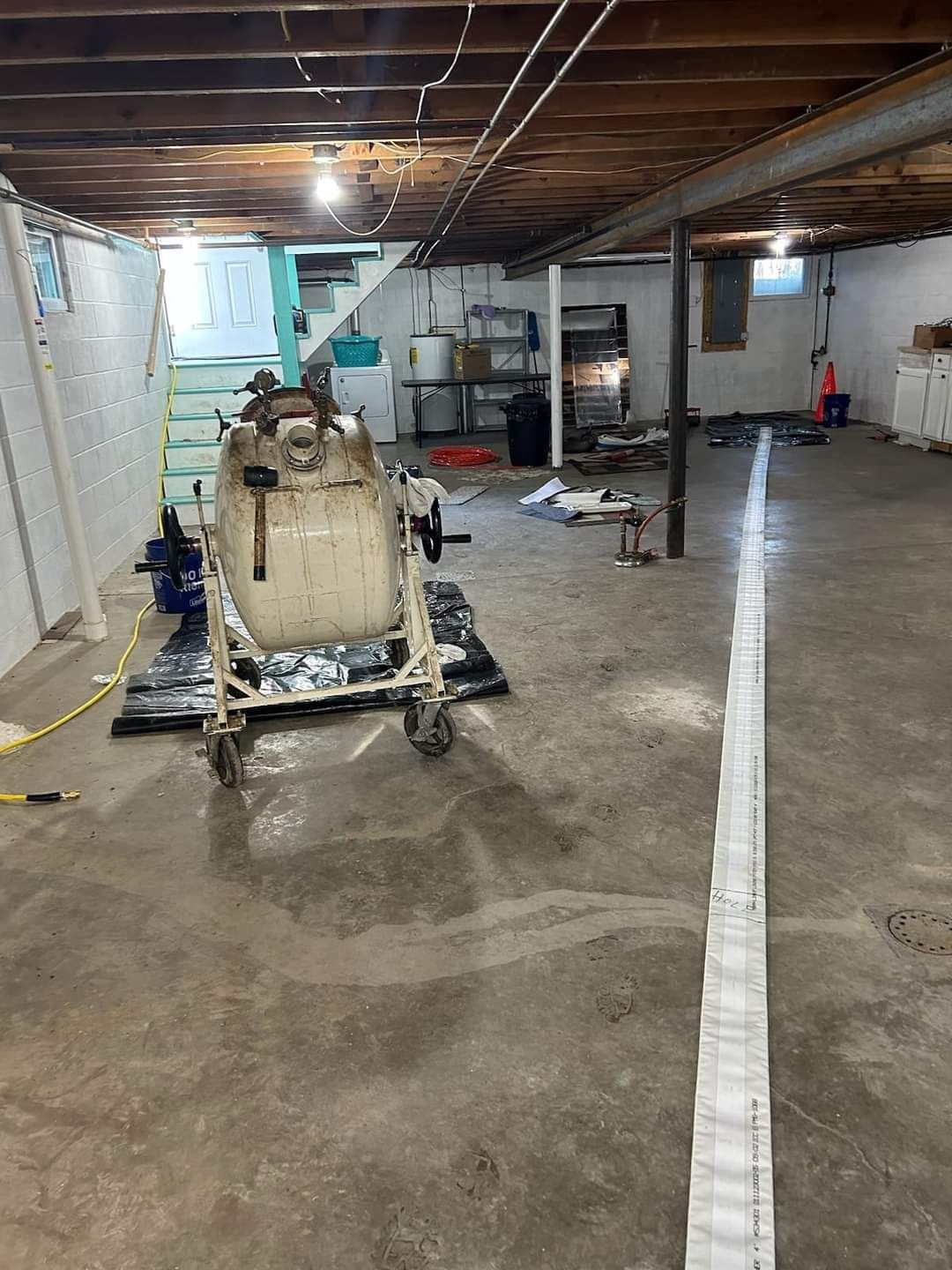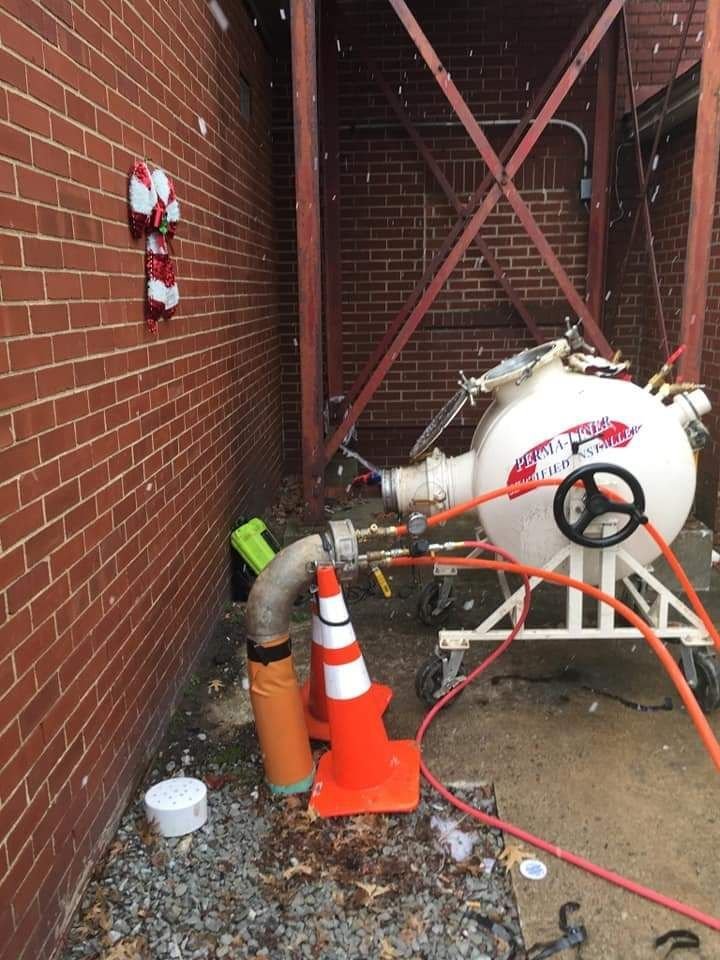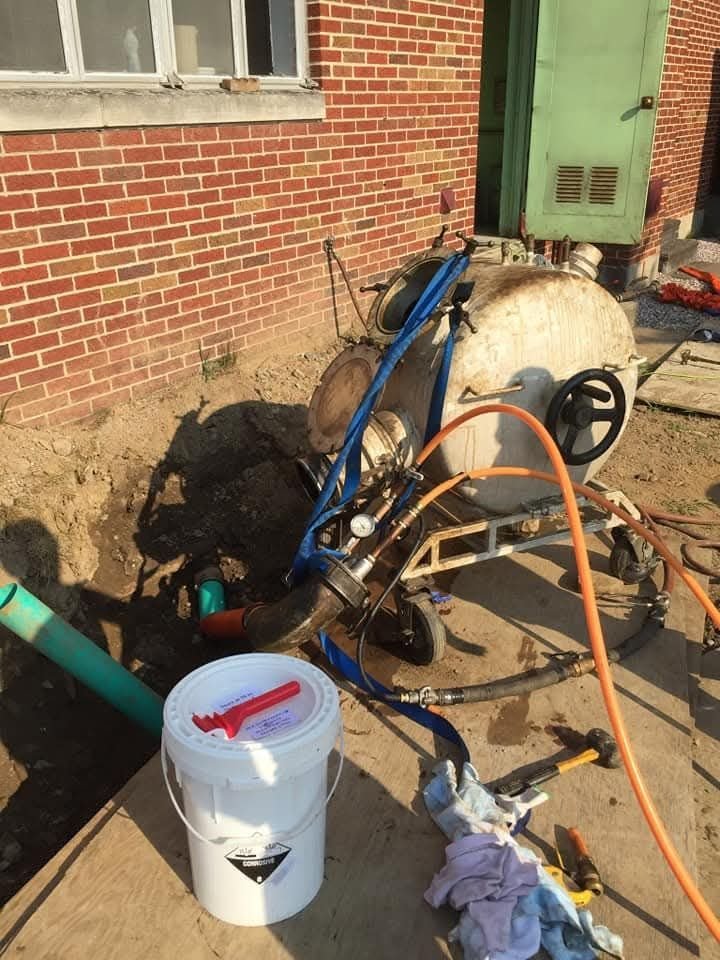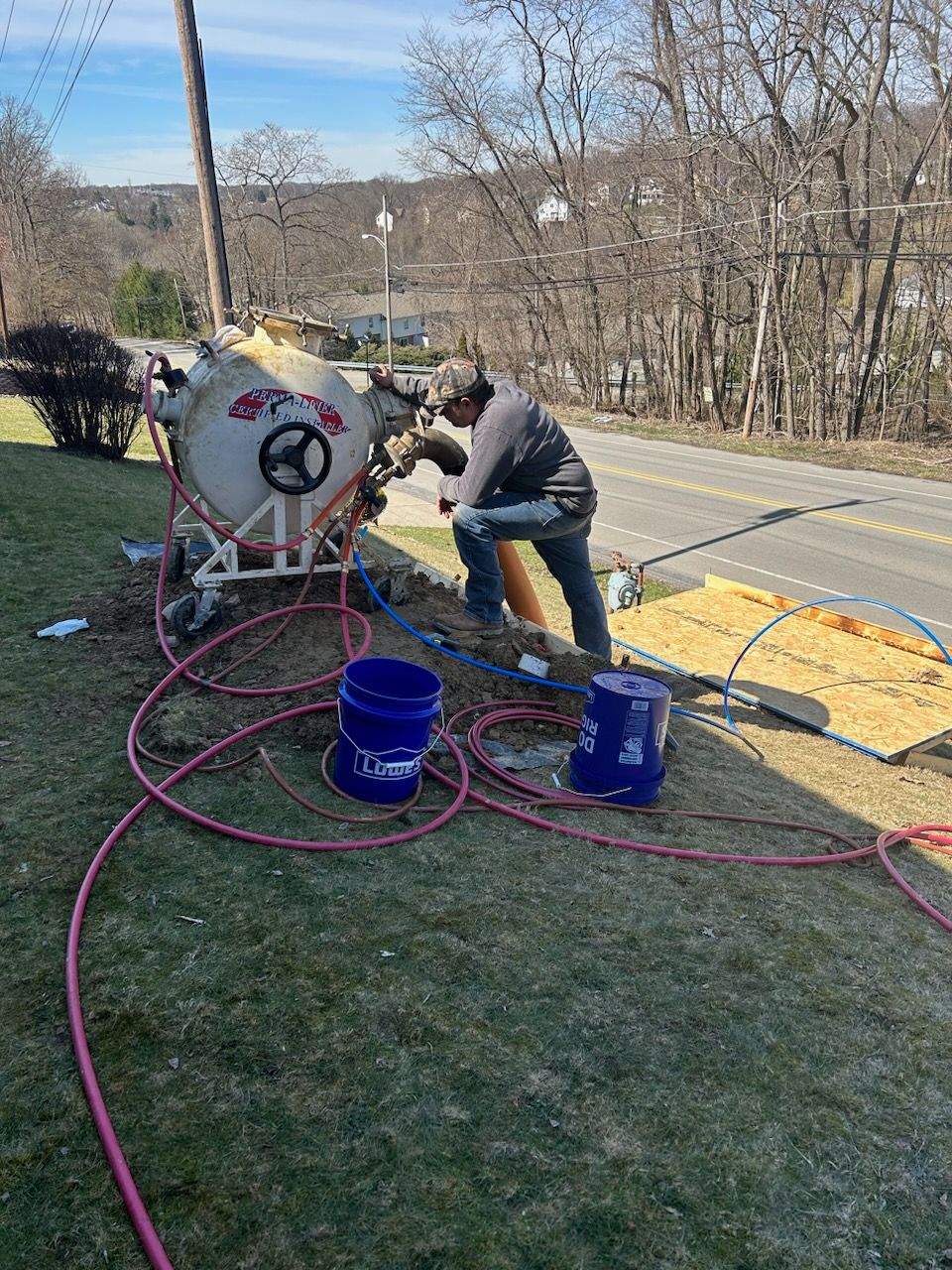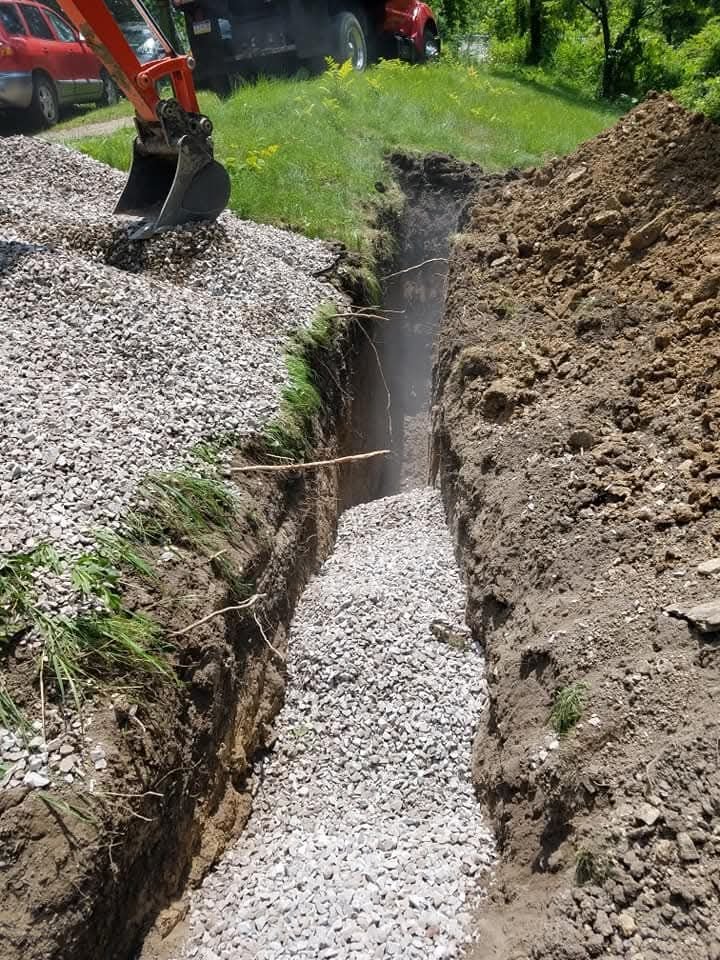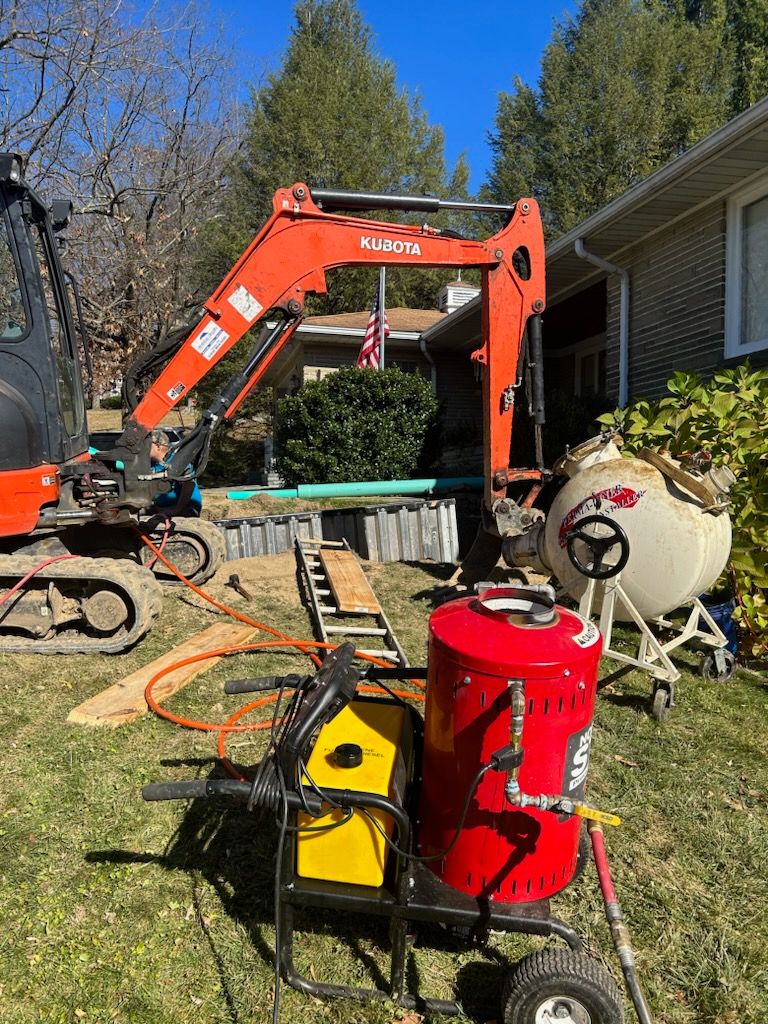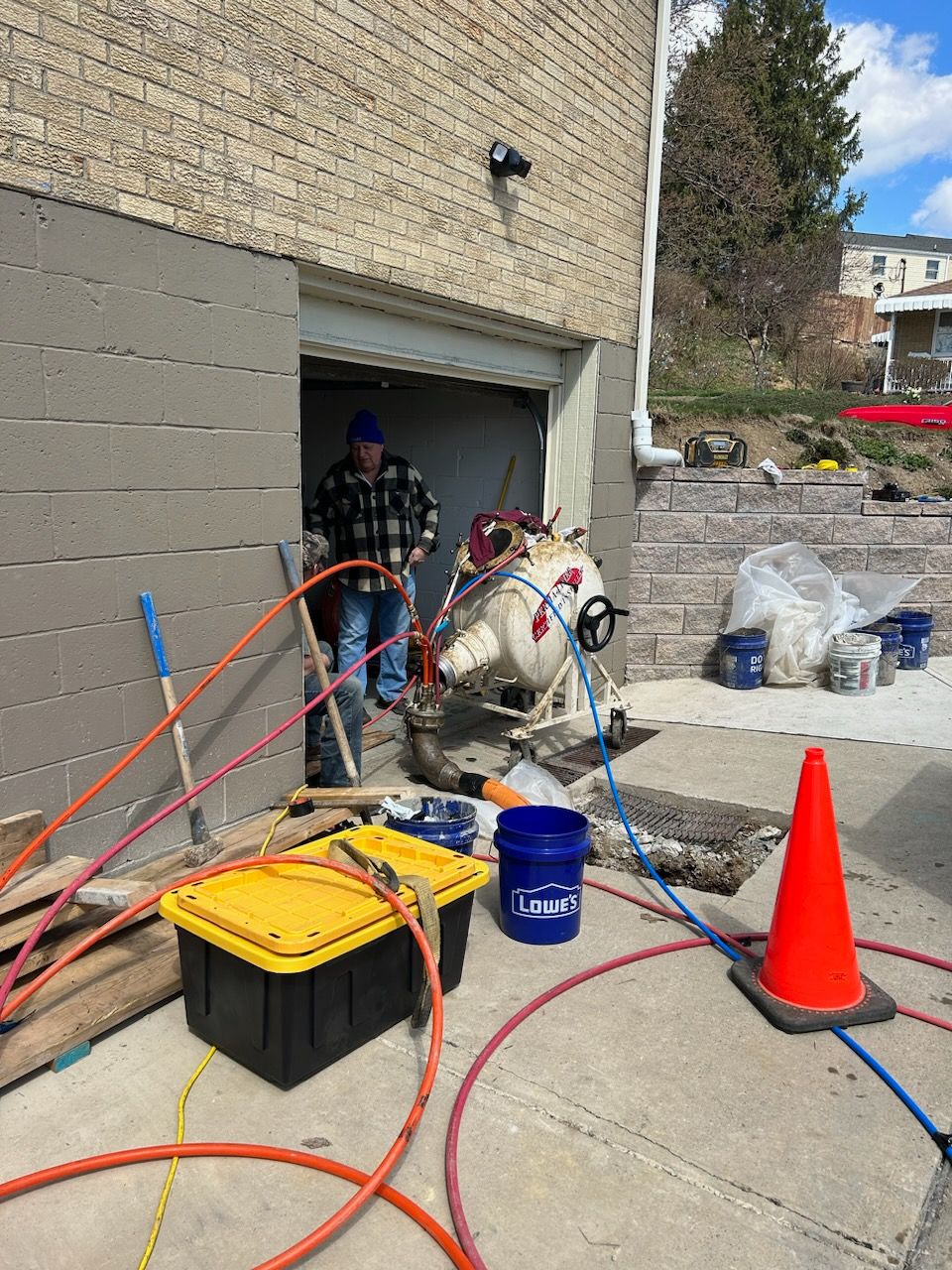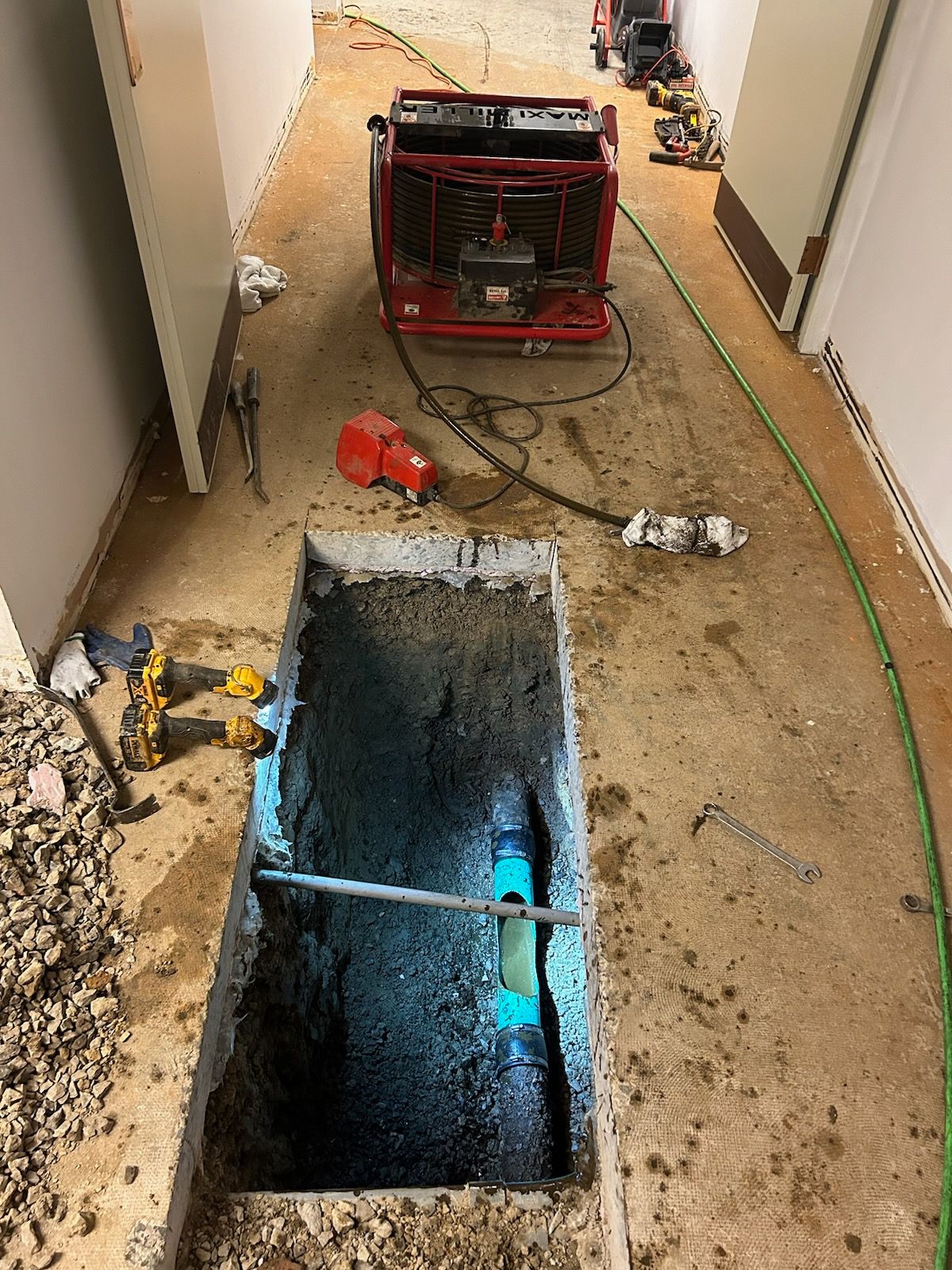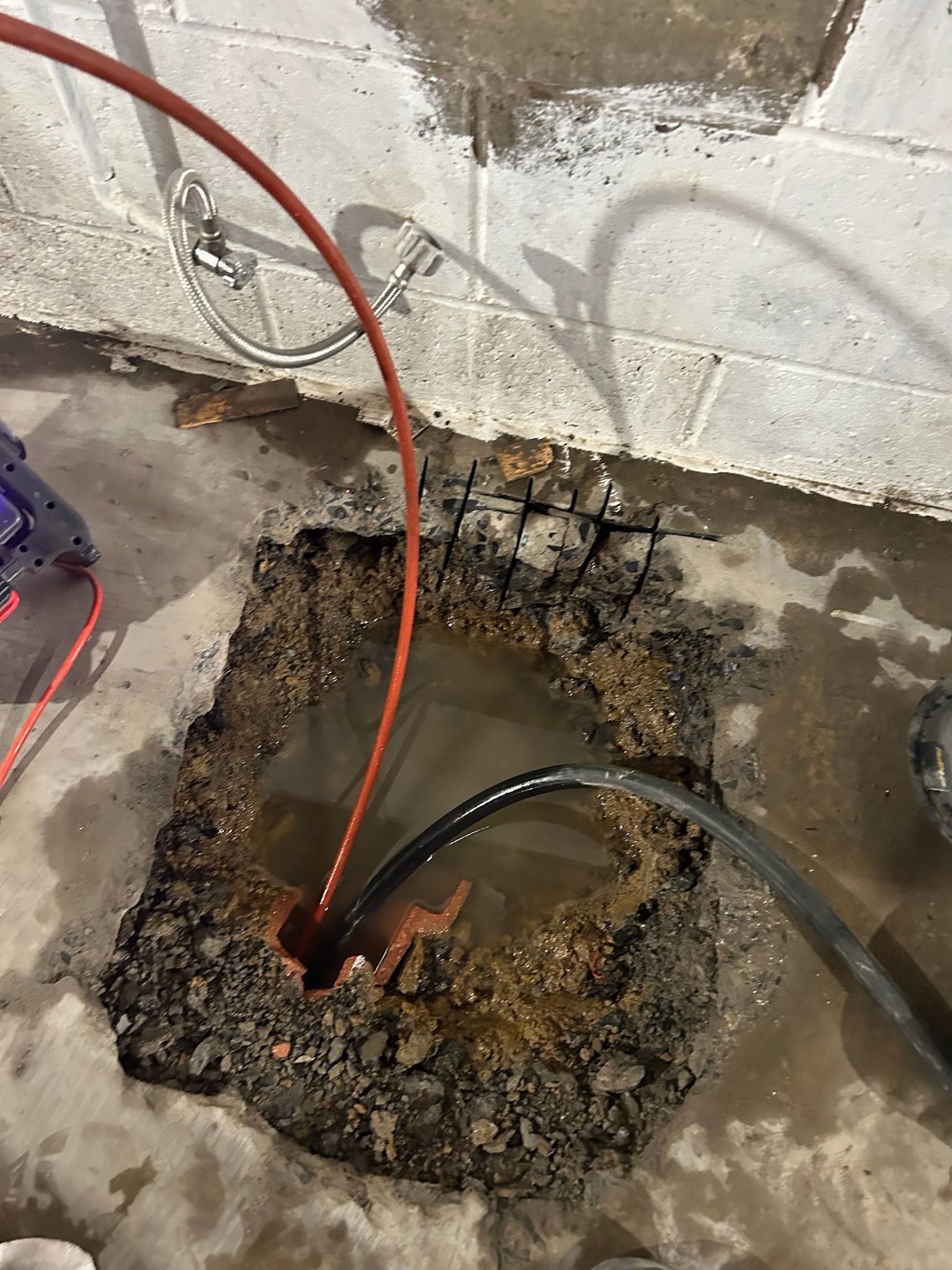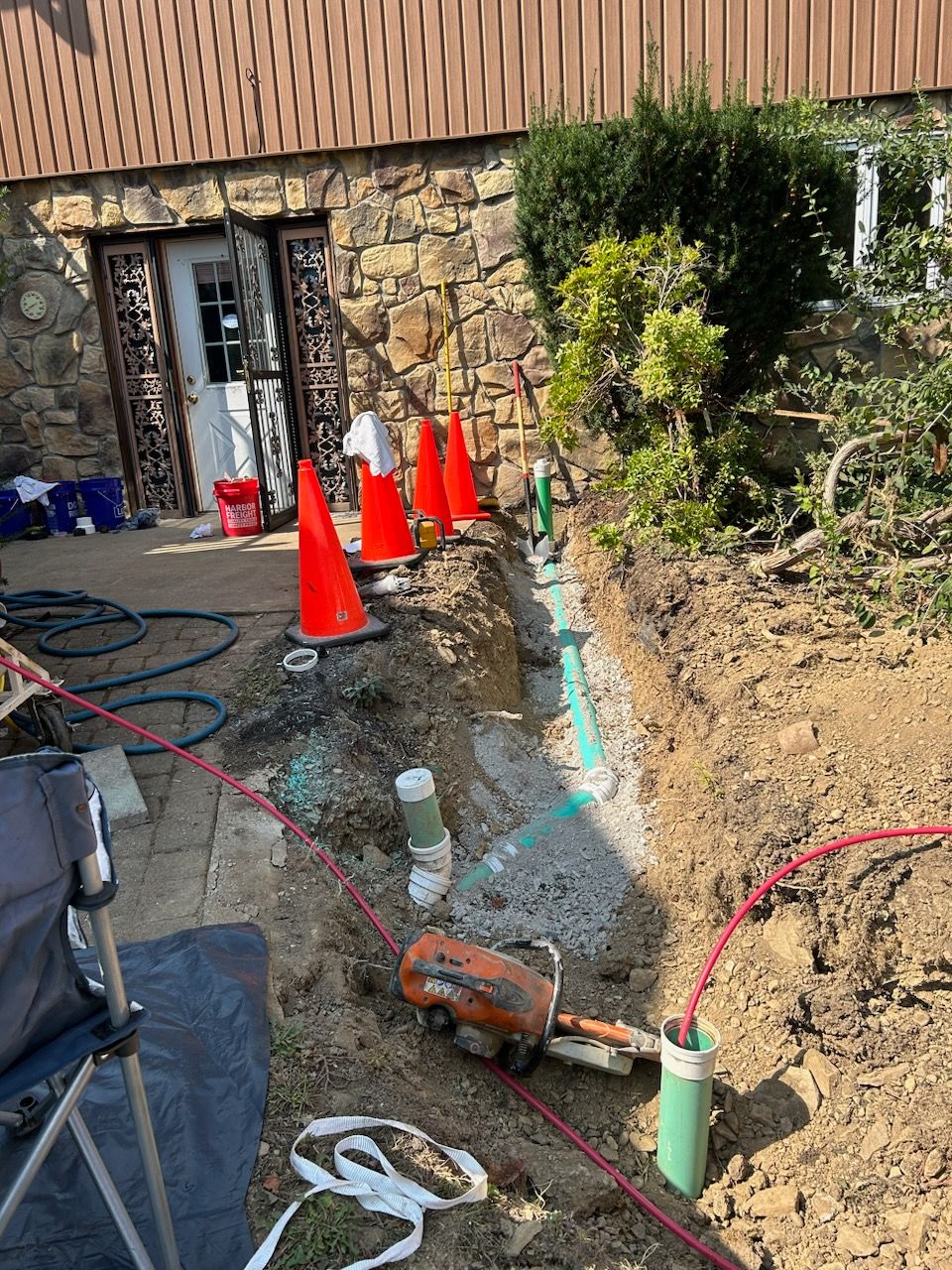So, you discovered a nasty smell and a flooded backyard. Now, your sewer repairmen are suggesting hydrojet drain cleaning. Of course, now you’re wondering what hydrojet drain cleaning is. Sewer lines and septic tanks are designed to withstand hell and high water (sometimes at the same time), but occasionally they need a little TLC. If you’ve got a relatively minor clog, root intrusion, or stoppage problem, then hydrojet drain cleaning may be your best, most efficient, and most affordable sewer repair option.
Hyperpowered Hydrojetting
Through the use of a high-pressure flow of water, the interior surfaces of plumbing pipes can be scoured clean: limescale, grease, and other debris that has built up on the pipe walls will be washed away. Compared to other types of sewer line repair, hydrojetting is a minimally invasive technique.
First, the sewer or septic tank specialist will determine that your particular problem can be solved with hydrojetting (usually through the aid of a camera inspection). Then, they will access a cleanout — an area of the system that allows them to access the underground pipes. A high-pressure water hose is sent inside and a specialized machine pressurizes water from a tank. The right pressure is chosen by the contractor and the work begins. The process actually works with gravity to remove buildup; since most homes use gravity to pull their wastewater out of the home, hydrojetting moves upstream through the system; the debris that’s dislodged then gets flushed out like any other waste that flows through your sewer system.
Risks and Rewards
Hydrojet drain cleaning is a relatively straightforward process, but it nonetheless requires a trained professional to execute it properly. If your plumber doesn’t have enough experience diagnosing clogged drains, it can be a risky situation; if tree-root penetration is significant, for example, hydrojetting can create more problems by allowing rocks and soil to infiltrate perforated septic lines. Additionally, novice plumbers may not know what pressure is required for the job at hand: too much can damage the pipes (some pumps can deliver 20 gallons of water per minute), and too little won’t solve the clog.
Most septic systems last 25 years if they’re well-maintained, but sometimes things go wrong — and these wrongs can result in costly repairs. If you do your research ahead of time, however, and are positive that the professional you hired is experienced and knowledgeable, then hydrojetting is an easy fix to a potentially huge problem.
Categories
Related Posts







